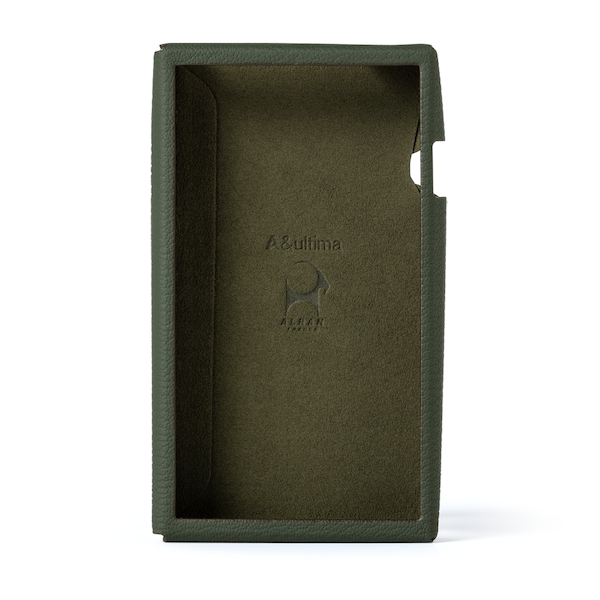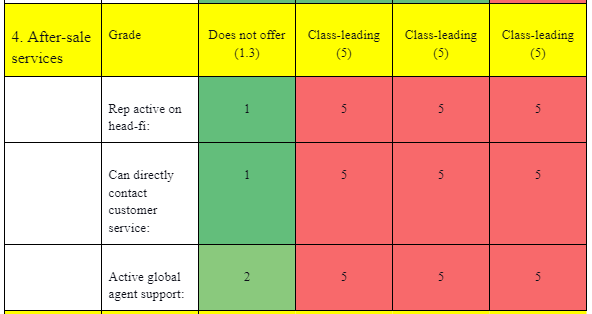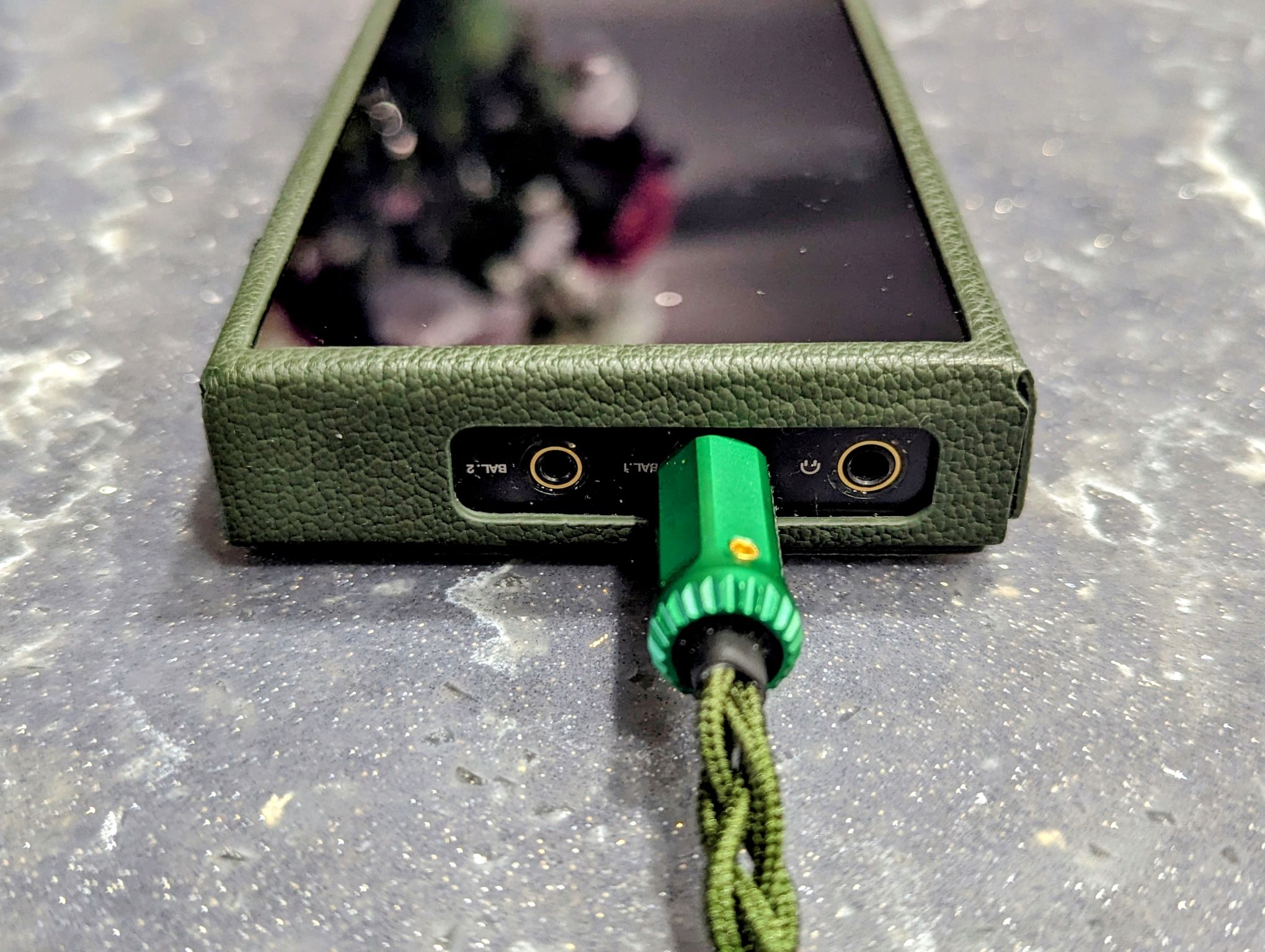General Information

 Luxury Meets Innovation, SP3000
Luxury Meets Innovation, SP3000

Astell&Kern has set the standard for perfect sound using the latest innovative technology with the A&ultima series. The A&ultima SP3000 is the newest flagship product that is the essence of everything learned and engineered over the last 10+ years of digital music processing.
A&ultima SP3000 is the world's first DAP with independent Dual Audio Circuitry and the latest DAC with HEXA-Audio Circuitry structure, as well as uses all audio technologies and the best materials that lets you feel the overwhelming impact of sound and music.
Experience perfection firsthand with the true next-generation flagship, A&ultima SP3000, the pinnacle of audio players.
World's first use of Stainless Steel 904L for DAP body materialWorld's first DAP with complete separation of digital and analog signal processing(Using latest Flagship DAC chip AKM4499EX from Asahi Kasei)Stunning Audio Performance with Independent Dual Audio CircuitryEquipped with High-Performance Qualcomm Snapdragon 6125 Octa-Core CPUNew Experience in the Graphic User InterfaceSupport for aptX™ HD and LDAC

Materials Innovations: World's First Use of Stainless Steel 904L for DAP Body Material
To achieve the goal of the A&ultima series, which is 'to provide the best value that no one can imitate while using the most innovative and uncompromising design and craftsmanship', the SP3000 uses 904L stainless steel material that has never been attempted before in a portable audio player. Using this material has expanded its value from just a digital device to the realm of a luxury good.
904L stainless steel is harder and more difficult to process than general stainless steel requiring significantly more time and effort. However, due to its excellent durability and corrosion resistance, it has a characteristic that does not lose its beauty and is why it is used in expensive luxury watches where perfection in all materials and parts must be pursued with an irreplaceable and wonderful luster.
Experience the uncompromising beauty and luxury of the SP3000 produced by Astell&Kern’s experienced craftsmanship.

TERATON ALPHA - The Essence of A&K Audio Technologies Merged Into the SP3000
In order to develop the ultimate audio player that has never been experienced before, not only do we use the latest DAC and technology available, but we use the innovative audio technology of TERATON ALPHA, AK's Ultimate Sound Solution, which has been refined for the SP3000.TERATON ALPHA, engineered through endless research, is Astell&Kern's unique technology that has been designed to produce audio playback that is close to the original sound through effective power noise removal, efficient power management and unwavering amplification, and a fully converted audio output interface.
The HEXA-Audio Circuitry structure and independent dual audio circuit, implemented for the first time in the SP3000, are paired together with TERATON ALPHA's sound solution to create the purest original sound.
Learn more about TERATON ALPHA >>
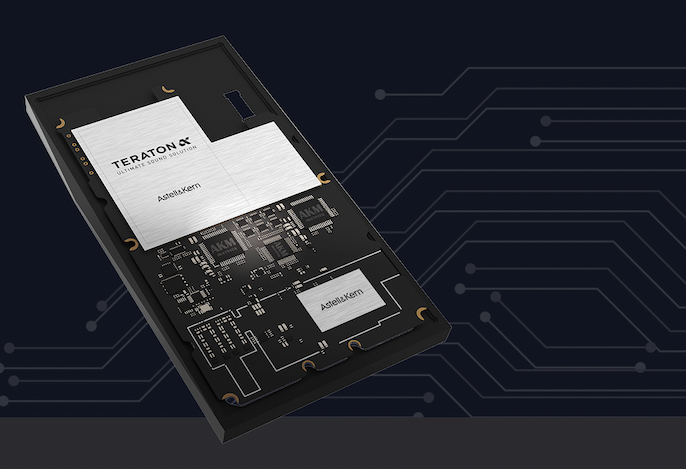
First Use of AKM's Latest Flagship DAC - Complete Separation of Digital and Analog Signals

The SP3000 is a flagship product with the latest technology and uncompromising design. Astell&Kern worked with AKM from the initial development stage to develop the DAC and circuit structure.
As a result of the collaboration, the world's first four AK4499EX DACs, AKM's latest flagship, were applied to the SP3000, and the innovative HEXA-Audio Circuitry structure design in which two AK4191EQs that process digital signals are applied separately, complete the amazing sound that can only be found from Astell&Kern.
Most digital players process digital and analog signals together inside the DAC. However, the SP3000’s advanced HEXA-Audio Circuitry structure reduces the noise of the digital signal input through the AK4191EQ, a separate digital delta-sigma modulator, and the AK4499EX DAC is then designed to process the analog signals separately.
By applying this unique design, digital and analog signal processing that is physically separated has been achieved for the first time in a digital audio player, and the overwhelming SNR (Signal-to-Noise Ratio) is maximized, making it possible to experience an incredible level of sound that has never been experienced before.
Silver Plated Shield Can
A shield can is applied to prevent various noise and electromagnetic interference from affecting the audio block.The SP3000 takes it a step further to achieve excellent audio performance and perfect shielding by applying highly conductive, high-purity silver on the existing shield can, and physically separating digital and analog signals.
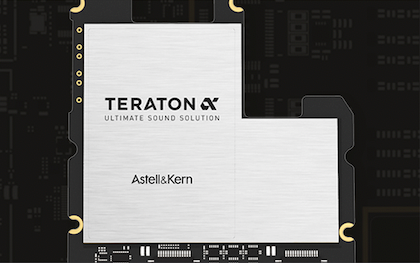
Stunning Audio Performance with Independent Dual Audio Circuit
In order to create a truly innovative DAP, not just a great DAP, we tried to overcome the limitations of sound by envisioning an independent dual audio circuit that has never been attempted by anyone with a HEXA-Audio Circuitry structure with unbalanced and balanced outputs.Almost all other DAPs, including Astell&Kern, use an internal DAC for both unbalanced and balanced outputs. Since the signal from the DAC is divided into unbalanced and balanced then delivered to the AMP, an Audio Switch is essential. However, when using a switch, there is a limit to the range that can receive the signal sent by the DAC, so most DAPs reduce the signal size first and then when the signal is transmitted back to the amplifier, it is necessary to restore the original signal size. This causes a limitation in improving the audio performance.
To overcome the limitations, our engineers designed a HEXA-Audio Circuitry structure using two AK4191EQs and four AK4499EXs, creating an innovative unbalanced and balanced independent dual audio circuit design. In result, the SP3000 achieves a SNR of 130dB, the best of any DAP available. You can feel the clean, pure delicacy of sound with the SP3000 that you cannot not experience in any other DAP.
| Features | SP3000 | SP2000 | Model A | Model B | Model C |
| SNR | 130dB | 125dB | 122dB | 128dB | 125dB |


Drive Your Music, Latest Snapdragon Octa-Core CPU for the Newest Flagship Device
A&ultima SP3000 is equipped with a Snapdragon 6125 Octa-core processor, so you can enjoy the overwhelming sound, faster system response and a redesigned new generation user interface that moves comfortably and smoothly.Featuring a high-performance CPU and improved 8GB of DDR4 memory, which is twice the amount commonly used, the more powerful system is stable with fast and fluid movement.
The CPU, memory and wireless communication parts are configured as one module, with the digital circuit parts arranged in the same area creating a single system on a chip (SoC). This maximizes the efficiency of the overall circuit configuration by providing more audio-only circuit space as well as reducing heat and noise from digital circuits.
Heighten Your Music - New Experience in the Graphic User Interface
With the newly developed UX/UI, the SP3000 is focused on the process and experience of listening to music, and we wanted to become a ‘player for music’ that one can feel this process.The new theme is designed with a focus on the experience of rediscovering songs that you have forgotten; you can quickly browse through music categories with simple gestures. A convenient search feature along with album art has been added so that you can enjoy a digital display of CD album covers of your music collection. It is designed to give you not only the pleasure of listening to music, but also to create fun when operating the device.
In addition, the Crimson theme, one of the main features of the new generation UI, is designed so that you can feel the appearance of the SP3000 on the screen. The graphics are simple and unintrusive, focusing on usability and intuitiveness. Three key concepts, Edge, Simple, and Dark Mode, were used to improve usability and increase clarity with a style unique to AK. The black and red theme colors are chosen to reduce eye fatigue, maximize battery usage and reduce heat generation.


Sound Design With DAC Filters
With the SP3000, you can have fun creating your own sound style by selecting various DAC filters provided by the DAC manufacturer. Design your own sound with 6 different DAC filters.
Digital Audio Remaster Technology for Even More Vivid Original Sound
The SP3000 is equipped with Digital Audio Remaster (DAR) technology, which was developed to deliver fine sound at higher sample rates.DAR technology is developed to upsample the sample rate of the sound source being played to go beyond the limits of the source format.
The high sample rate allows more refined play and offers delicate and analog-like original sound, helping you to enjoy the richness of the original sound, subtle differences in the nuance of the music and rich sounds at a higher level.
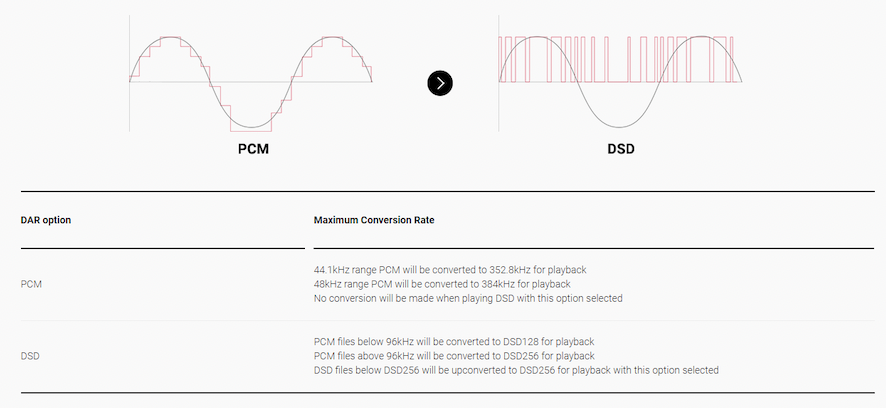
*The DAR function can be turned on/off and you may select to suit the source sound and your own preferences.*Max PCM rate 384kHz/DSD256 conversion play is supported, and the files will be converted to and played in the sample rates that fit the source sound.
Speaker Effect When Listening Through Headphones - Crossfeed
In a headphone environment in which the left and right channels are clearly separated, ear fatigue may increase during prolonged listening. The moment you turn on Crossfeed, the experience of crisp, but comfortable sound begins.Crossfeed mixes parts of the original signal from one channel and sends that signal to the opposite channel with a time difference to center the sound image.
Through the use of detailed settings such as Shelf Cutoff, Shelf Gain, and Mixer Level, you can set the level of crossfeed according to your listening preferences.

Real-Time Information Confirmed by Light
The SP3000 features a LED volume wheel which displays various playback information, including volume level and bit-rate of the track currently playing.
Adoption of 5.46 Inch Full HD Display
Experience the SP3000 more conveniently and comfortably with a wide 5.46-inch, large-screen Full HD display.AK File Drop to Enjoy Wireless Transfers
The new AK File Drop function in the SP3000 makes file transfers easier and more convenient. Using AK File Drop, you can freely transfer files wirelessly through a PC, smartphone or FTP program located on the same network. Music file management is now possible with a cableless, wireless solution.QC 3.0 Fast Charging Supported
The SP3000 supports Qualcomm QC 3.0 fast charging, so you can charge your DAP faster and more efficiently than previous models, reaching a full charge in about 3.5 hours.Wireless Hi-Fi Sound Through BT Sink
BT Sink function connects the SP3000 to an external device via Bluetooth, similar to connecting a smartphone with a BT speaker. Music from an external device, such as a smartphone can now be played back in high-quality on the SP3000 using the BT Sink function.ReplayGain Automatically and Uniformly Adjusts Playback Volume
ReplayGain, which adjusts sound sources with different volumes to an identical level, has been applied. Now, enjoy your own playlists seamlessly through the ReplayGain feature on the SP3000.*ReplayGain supports up to 24-bit/192kHz sound sources.
Supports Native DSD512, 32bit/768kHz
The SP3000 supports Native DSD512 and up to 32bit/768kHz with Astell&Kern's excellent audio technology, allowing you to fully enjoy your favorite music.
MQA (Master Quality Authenticated) is an award-winning British technology that delivers the sound of the original master recording. The master MQA file is fully authenticated and is small enough to stream or download. Visit mqa.co.uk for more information. Astell&Kern A&ultima SP3000 includes MQA technology, which enables you to play back MQA audio files and streams, delivering the sound of the original master recording. Learn More.The MQA logo is a trademark of MQA Limited. © MQA Limited 2018

Qualcomm aptX is a product of Qualcomm Technologies, Inc. and/or its subsidiaries. Qualcomm is a trademark of Qualcomm Incorporated, registered in the United States and other countries. aptX is a trademark of Qualcomm Technologies International, Ltd., registered in the United States and other countries. Learn More.

LDAC and LDAC logo are trademarks of Sony Corporation. Learn More.

Roon Ready network players from our partners have Roon’s high-resolution streaming technology built right in.
They combine simple setup, daily reliability, and support for the highest level of digital audio performance in the industry.
Every Roon Ready player is certified by Roon to guarantee the same stellar experience, regardless of its manufacturer, its price, or its features. Learn More.
Roon ARC App Support
The Roon ARC application released with "Roon 2.0" by Roon Labs, is a completely new app designed from the ground up to give you all of your music, everywhere you go.Enjoy this powerful feature on the A&ultima SP3000.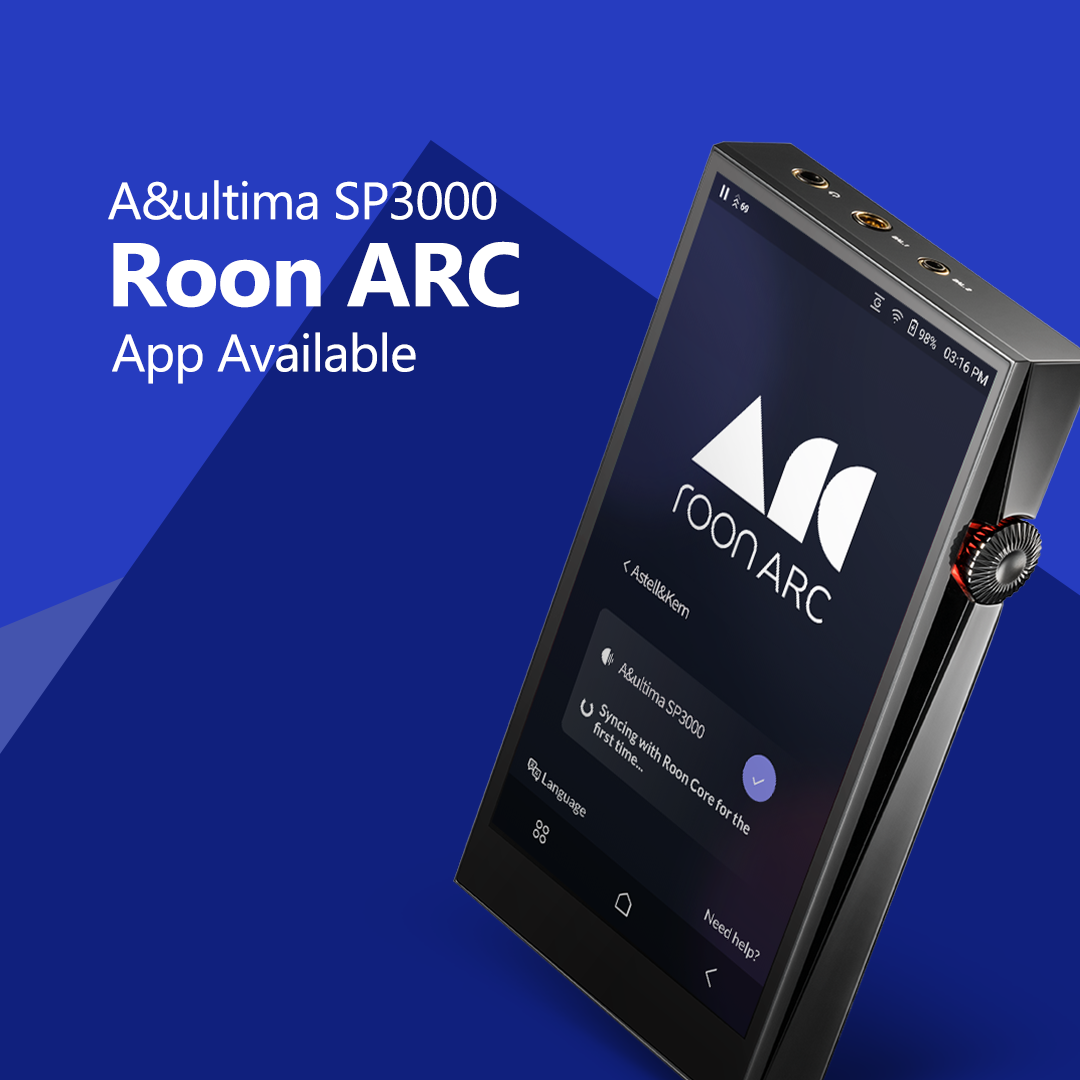
| 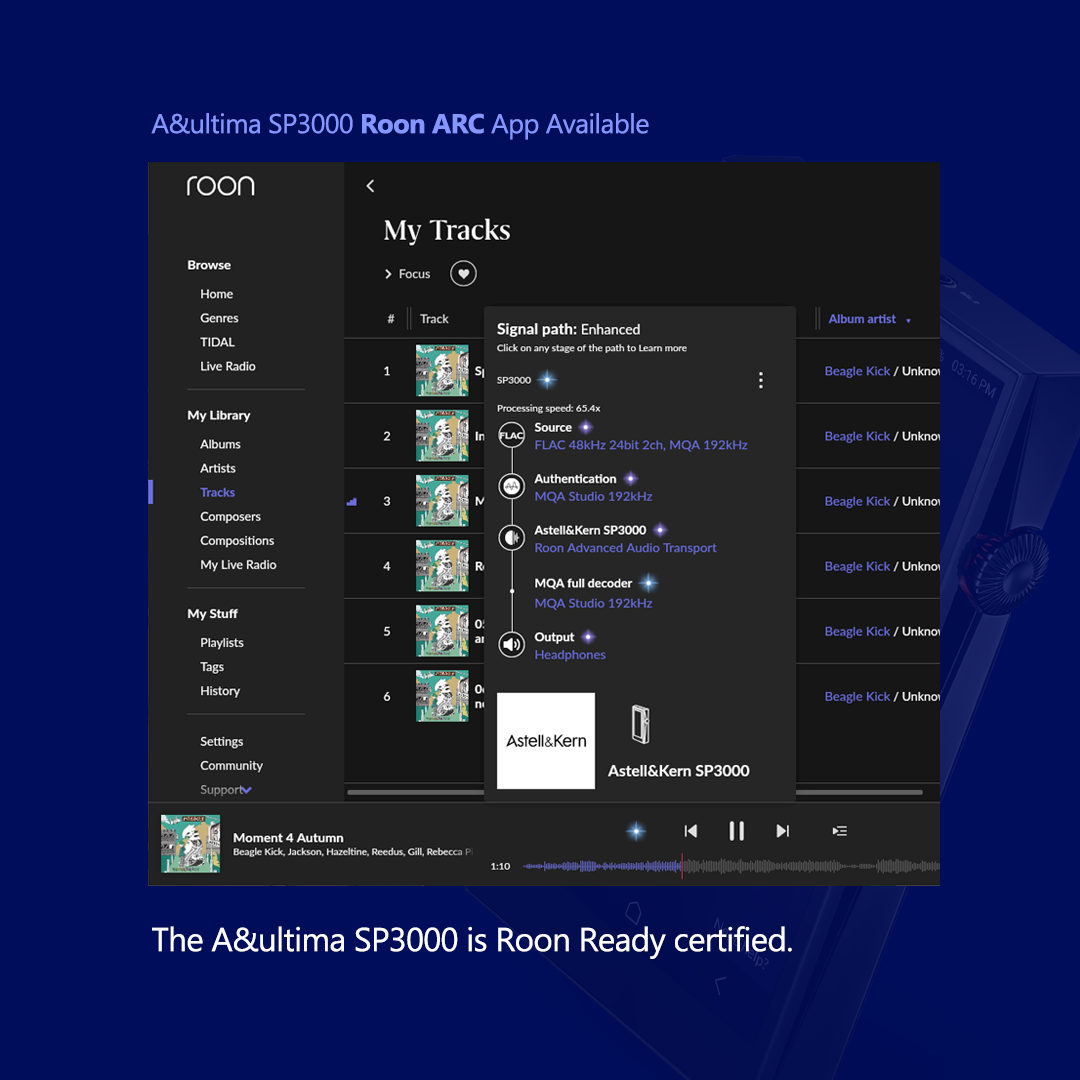
| 
|
Premium Goat Leather Case
The SP3000 comes with a French goatskin leather case to protect and highlight the beauty of the 904L stainless steel body.The case is made by ALRAN, located in Tarn in southern France, a historical tannery that was established in 1903 and has been manufacturing leather for over 100 years. It is one of the world’s leading tanneries, well-known for their natural leather manufacturing technology since the 1980’s. ALRAN is recognized as the best goatskin manufacturer and supplies other leading luxury brands such as H and L.
The leather case included with the SP3000 is developed with ALRAN Tannery's unique Hand-Boarding technology. This is a technology that processes the leather by rubbing it in various directions using wooden planks, so you can feel the texture of the surface. This process is unique compared to how other goatskin cases are produced.
